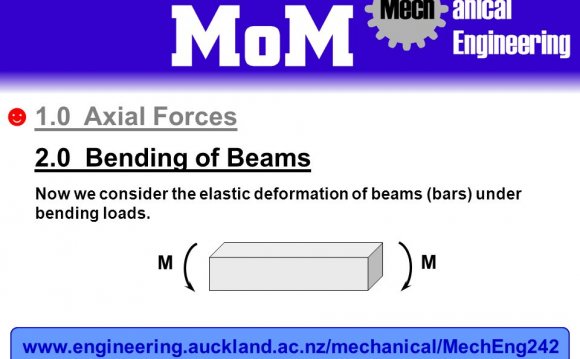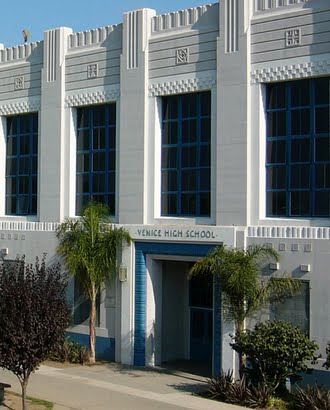

Find your perfect career
Would you make a good astronaut? Sokanu's free assessment reveals how compatible you are with a career across 5 dimensions!
What is an Astronaut?
In 1958, the National Aeronautics and Space Administration (NASA) adopted the word astronaut (meaning "sailor among the stars") for the men and women they would train to go into space. The Soviet space agency came up with a similar term, cosmonaut (which means "sailor of the universe") at about the same time.
An astronaut is an individual trained to pilot and/or travel in a spacecraft, work in space, and do activities related to human space exploration. While space flight may now seem routine, every trip into space can be a walk between success and disaster. Therefore most of an astronaut's career is spent undergoing extensive training.
In the early days, the job description of an astronaut was basically that of being an observer - someone who would view and document what was happening. It didn't take long for NASA to understand that human interaction would be required.
Today, two types of astronauts are selected for space flights:
Mission Specialist Astronauts
- these astronauts work with pilots to conduct experiments, launch satellites, and maintain spacecraft and equipment. Their background can be in engineering, science, or medicine. They can also work as astronaut educators, inspiring students to consider joining the US space program.
- these astronauts serve as space shuttle and international space station pilots and commanders. They are responsible for the crew, the mission, the mission success and the safety of the flight.
The Johnson Space Center provides a number of simulators and facilities to prepare the astronauts for their work in space, such as a neutral buoyancy simulator, which simulates weightlessness on earth, and a 200' long and 40' deep pool where astronauts train for spacewalks underwater.
When in orbit, most of the time is spent in the craft or space station. At times, a spacewalk is required to make repairs, or to deploy a satellite, and the astronaut must wear a space suit, or an EMU (extravehicular mobility unit) for protection. Most missions last two to three weeks, but long duration missions may run as long as half a year. Training for long duration missions is very arduous and takes approximately two to three years.
Basic Training for Astronaut Candidates:
Astronaut candidates report to the Johnson Space Center (JSC) in Houston, Texas, which has trained more than 300 U.S. astronauts and 50 astronauts from other countries in its fifty year history. As well, more and more Americans now train at Star City, a cosmonaut training facility near Moscow (especially since the end of the U.S. space shuttle program in 2011).
Basic training is the first phase, lasting two years. The candidates learn about vehicle and space station systems, and most of the training takes place in the classroom. Key disciplines that may prove to be helpful in their work in space are studied, such as meteorology, engineering, space science, and earth sciences.

 Creston is a city in and the county seat of Union County, Iowa, United States. The population was 7,597 at the 2000 census.
Creston is a city in and the county seat of Union County, Iowa, United States. The population was 7,597 at the 2000 census. Venice High School is a public high school located in western Los Angeles, California within the Los Angeles Unified School District (LAUSD). The school contains a Foreign Language and International Studies Magnet, Bilingual Business and Finance Academy(BBFA) and a...
Venice High School is a public high school located in western Los Angeles, California within the Los Angeles Unified School District (LAUSD). The school contains a Foreign Language and International Studies Magnet, Bilingual Business and Finance Academy(BBFA) and a...








